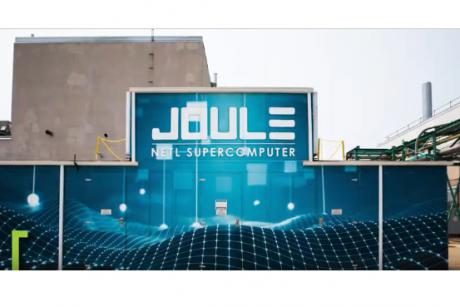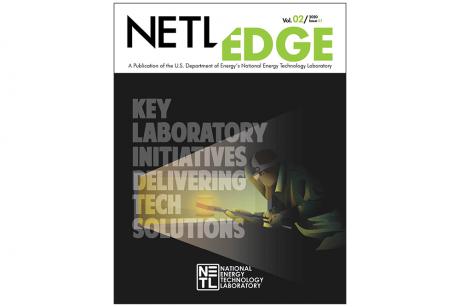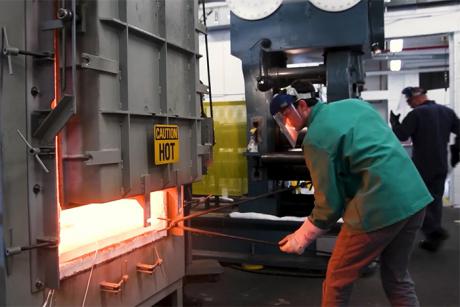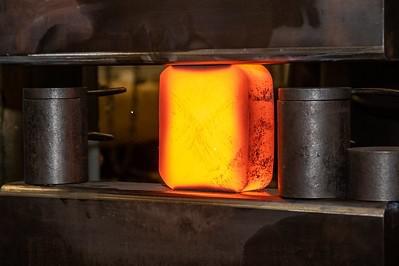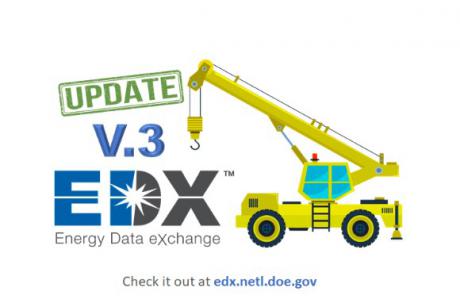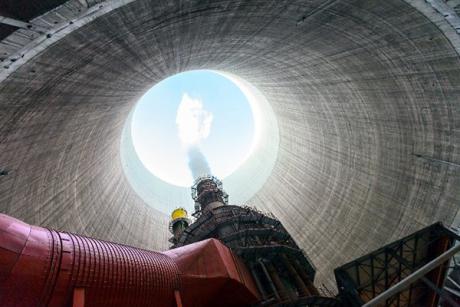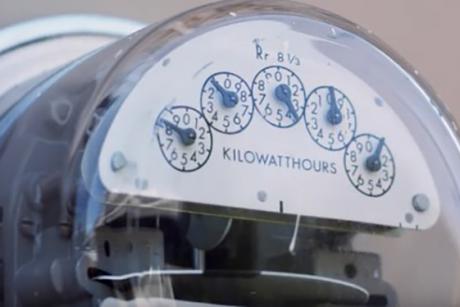At the conclusion World War II, interest in producing synthetic fuels soared. In fact, the original mission of the National Energy Technology Laboratory (NETL) in Morgantown centered on finding better methods of gasifying coal to produce synthesis gas.
Through the years, NETL-Morgantown has continued to lead research that enables domestic coal, natural gas and oil to economically power homes, industries, businesses and transportation while protecting the environment and enhancing U.S. energy independence.
NETL presents the latest edition of our publication that showcases the Lab’s research on emerging energy technologies. NETL Edge shares the latest developments our talented scientists and engineers are advancing to use our nation’s energy resources efficiently and safely to bolster American’s energy independence. Check out the newly released edition to learn more about key laboratory initiatives in shale gas utilization, alloy development, artificial intelligence and machine learning, microwave characterization reaction chemistry and more.
Today, the U.S. Department of Energy (DOE) and NETL announced plans to provide up to $22 million for research aimed at achieving breakthroughs in the effort to capture carbon dioxide directly from ambient air.
The initiative encompasses two concurrent funding announcements—one by DOE’s Office of Science (SC) and another by DOE’s Office of Fossil Energy (FE)—and will span the spectrum from fundamental research in materials and chemical sciences to field testing of prototypes.
The heart of the National Energy Technology Laboratory’s (NETL) research site in Albany, Oregon, is its cutting-edge metallurgy and materials research capabilities. Situated on 42 acres, NETL’s Albany complex has specialized facilities for materials fabrication and performance testing of advanced high-temperature, corrosion-resistant structural ceramic composites and metal alloys.
As a young boy in Taiwan, NETL’s Chung Yan Shih, Ph.D., enjoyed playing with Legos and similar toys.
But while many children tended to place their Legos in large piles, Shih preferred to organize his blocks into small, separate groupings based on size and other characteristics. He found that approach made it possible to piece together buildings and other structures that sprang from his inquisitive mind with assembly-line efficiency.
“I was always interested in new stuff and challenging stuff. I dreamed about finding ways to make processes more efficient,” Shih recalled.
As a world leader in high-performance and advanced materials research, NETL’s Crosscutting High Performance Materials Program presents the Regional Work Force Initiative (RWFI) Energy 101 Series, which shares how the Lab’s work and expertise translates to savings and benefits for industry and the local economy.
The National Energy Technology Laboratory (NETL) recently implemented a significant update to the Energy Data eXchange (EDX), a virtual platform for public curation and functionality to promote data-driven collaboration on research from the Department of Energy’s (DOE) Office of Fossil Energy (FE). The update offers improved and streamlined functionality so data from a wide variety of sources can be accessed with ease through a secure platform to further FE’s development of critical energy technologies.
Working with university and industry partners, NETL is finding new ways to use concrete, a widely available and inexpensive building material, to create next-generation energy-storage systems and ensure the availability of reliable, affordable electricity as the nation shifts to renewable sources such as wind and solar.
Concrete thermal energy storage (CTES) systems may be significantly less expensive than other technologies and have the potential to meet longer-duration storage needs, which will be critical as more renewable intermittent energy sources come online.
The National Energy Technology Laboratory (NETL) serves the United States in a critical capacity, providing innovative solutions and cutting-edge research to power your computer, keep the lights on in your home and provide businesses, industries, hospitals and schools with abundant and affordable electricity.
As computational resources continue to evolve, NETL researchers look to new and more powerful tools to bolster their ability to model complex fossil energy power systems. The Lab has decades of experience developing this kind of software — known as computational fluid dynamics (CFD) code — including the award-winning Multiphase Flow with Interphase eXchanges (MFiX).





